Chablis Premier Cru Troesmes Pommier 2021
Troesmes is rich, beautifully mineral Chablis, expressive and full of character. The vines are old, between 30 and 70 years and the vineyard is extremely small, only 1,8 hectares. The soil is a mixture between limestone and clay with the famous ancient fossils containing oysters and crustaceans, which give the pleasant freshness and unique minerality. The fermentation is spontaneous with the wild yeast in stainless steel vats for 70% of the wine while 30% of it ferments in old french barriques. The wines undergo malolactic fermentation as well in the same proportions. After that the wine ages 18 months in old French barriques. Excellent pair for soft cheeses, chicken and river fish like trout or carp.
Profile
-
Fruit
-
Body
-
Dryness
-
Freshness
-
Alcohol
Variety
Flavours
-

-

-

-

Glass

Serving Temperature

Food pairing
-

-

-

Maturity
Ready, but will improveYou may like these...
More of the same producer
More about this product

Домейн Помие
Изабел и Денис Помие засаждат техните лозя в Шабли между 1991 и 1998. Първата реколта е 1994. Имат 23 хектара, от които създават 11 различни лица на елегантното Шардоне от Шабли. Ключовата дума при тях е органика. Дълбоко вярват, че органично отглежданите лозя раждат много по-качествено грозде от това от лозя, в които се ползва химия. Доказват философията си с вината си, като реколта 2010 на тяхното Шабли от индивидуален лозов масив: Кроа о Мойн, е избрано за най-добро Шардоне в света след гласуване от авторитети като Робърт Паркър, Алан Медоус и други. От 2008 г. Насам преминават изцяло на органично отглеждане и само след 2 години създават и прословутото наградено Шардоне от 2010. Пътят на дръзките Денис и Изабел не е без препятствия, като след 2016, в няколко последователни реколти срещат огромни трудности като слани, градушки, загнивания, както и екстремни летни суши. Въпреки това, с огромна дисциплина, упоритост, както и риск успяват да не използват химия и да не изневерят на изцяло органичното отглеждане, запазвайки сертификацията, която са си извоювали. Неповторимата минералност на шаблитата на Помие идва от уникалните варовиково-глинести почви наречени Кимеридж. В тях има фосили от стриди и други ракообразни вкаменелости на около 17 милиона години, от края на Юрския Период. Именно тези специални почви са причината за интересния и очарователен барутен или кремъчен вкусов и ароматен нюанс в белите вина.
All wines of the same producer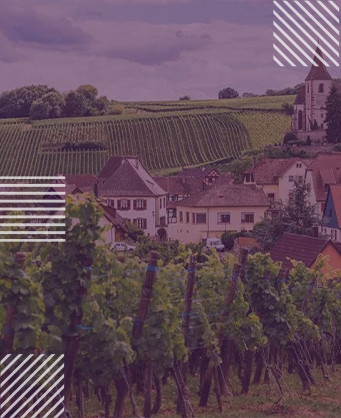
Burgundy
In this area, red wines are produced from one variety - Pinot Noir, but the wines actually vary in quality from light and ordinary to rich, complex and truly majestic. Burgundy is famous for its small vineyards and it is generally believed that the smaller the area of the vineyard, the better the wine. The best Burgundy wines come from Côte d'Or, a strip of only 30 miles, divided in the center into 2 separate parts; Côte de Nuit to the north and Côte de Beaune to the south. The fame of Cotê de Nuits is in the red wines - 95% of Pinot Noir grapes are produced here. Of course, here are some of the best, able to age, the most exotic and expensive wines. The Côte de Beaune produces approximately 38% white wine, 60% red wine and 2% sparkling wine. The white wine variety is exclusively Chardonnay, and the quality varies from the best, Montrachets and Corton Charlemagnes, Meursault, Puligny and Chassagne to the more ordinary Macon Blanc. The former are traditionally aged in small oak barrels, while Macon wines are usually lighter in character and have a good value for money. The red wines from Beaune do not have the fame of their "brothers" from Côte de Nuit, with exceptions here are those who come from Pomard, Corton and Volney. In general, they are lighter in style, but depending on the harvest they can show potential that successfully competes with the Côte de Nuits and beyond.
More wines of this region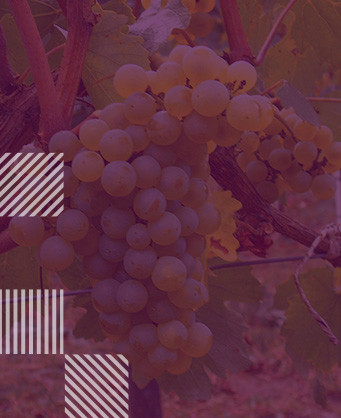
Chardonnay
Chardonnay is the world's most famous white-wine grape and also one of the most widely planted. Of course, the most highly regarded expressions of the variety are those from Burgundy and California, but many high-quality examples are made in Italy, Australia, New Zealand and parts of South America. Describing the flavours of Chardonnay is not easy. This is not thanks to the complexity of the varietal itself but usually due its susceptibility to winemaking techniques - such as Malolactic fermentation which gives distinctive buttery aromas or Fermentation or maturation in oak barrels which contributes to the wine with smokey notes of vanilla, honey and even cinnamon, and not last the lees contact while in barrel imparts biscuity, doughy flavours. And all these incorporated with the varietal aromas of tropical (banana, pineapple and guava) to stone fruits (peach, nectarine and apricot), sometimes even citrus and apple notes. Climate plays a major role in dictating which fruit flavours a Chardonnay will have - warm regions (California, Australia ) make more tropical styles; temperate zones (southern Burgundy, New Zealand) - stone fruit notes, while the very coolest (Chablis, Champagne) lean towards green-apple aromas.
More wines of the same variety
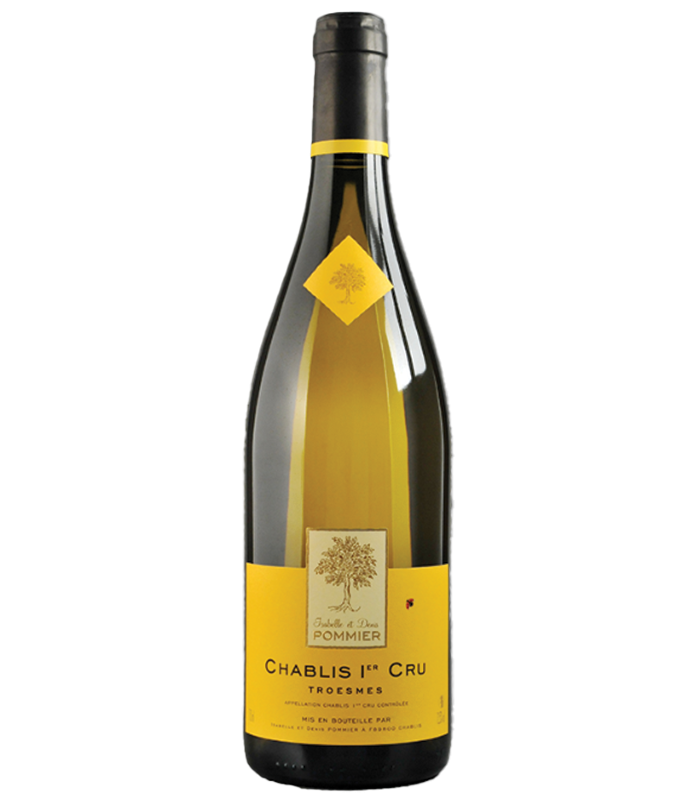



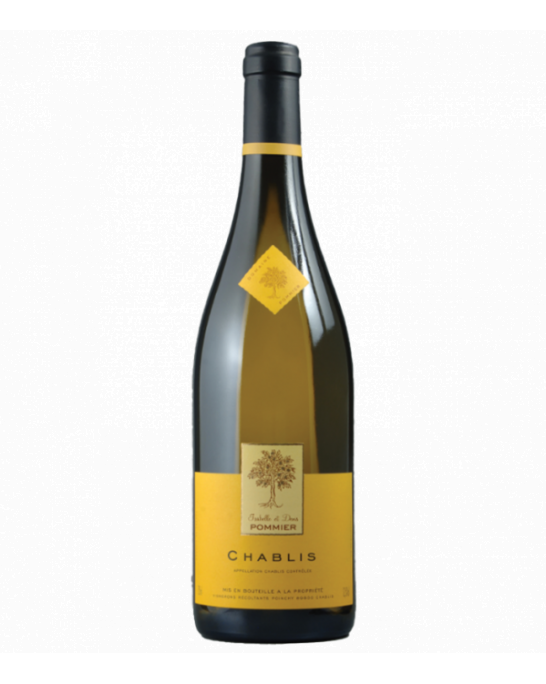
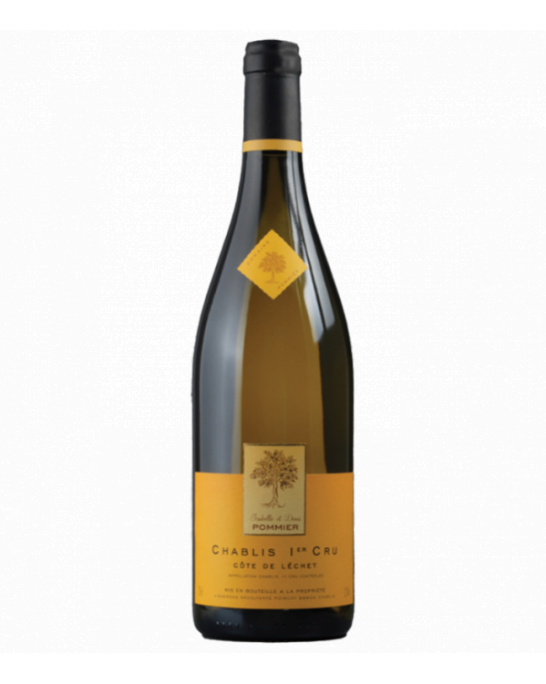
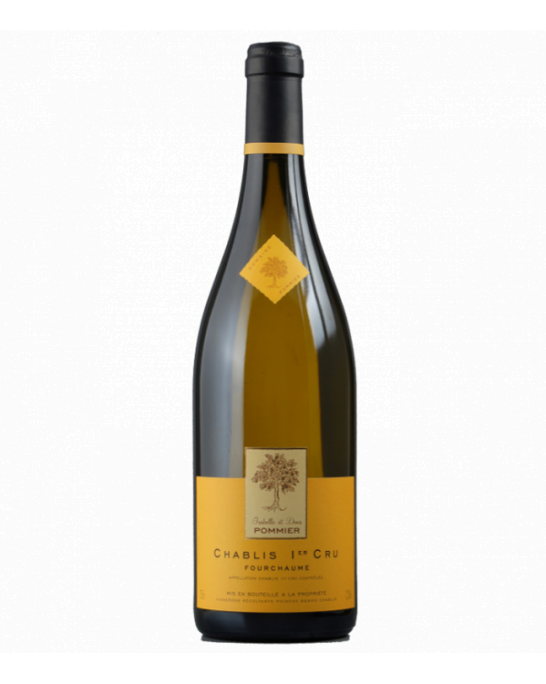
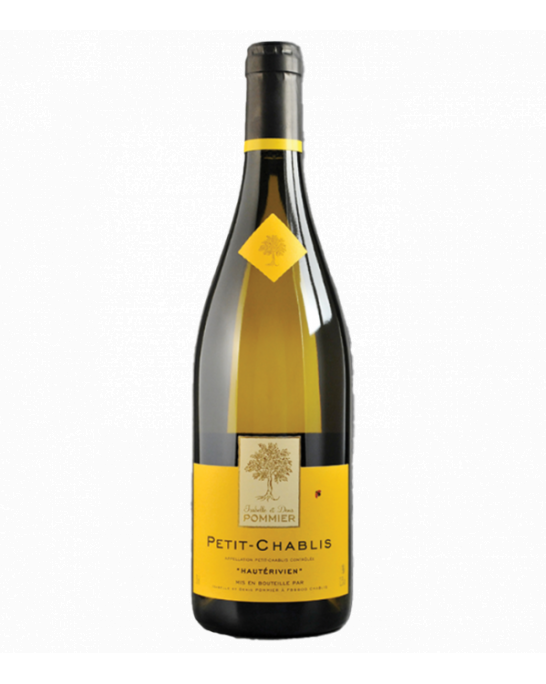
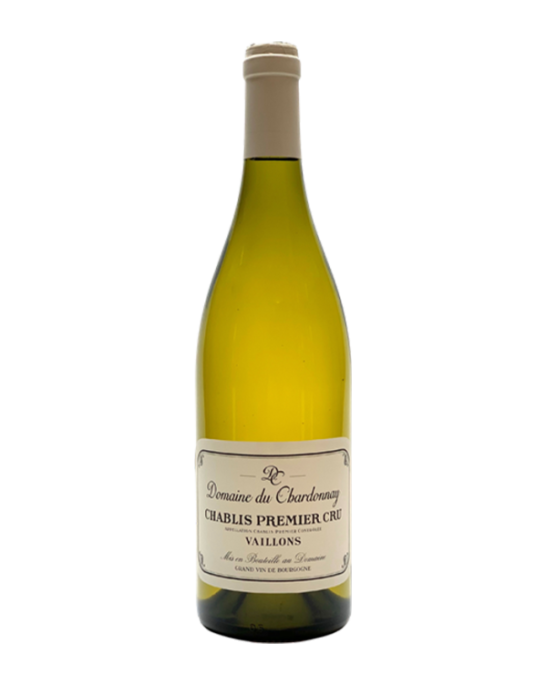
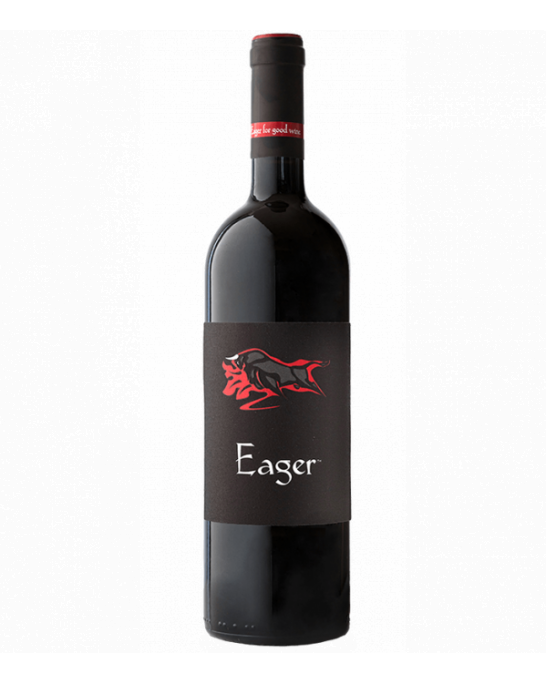
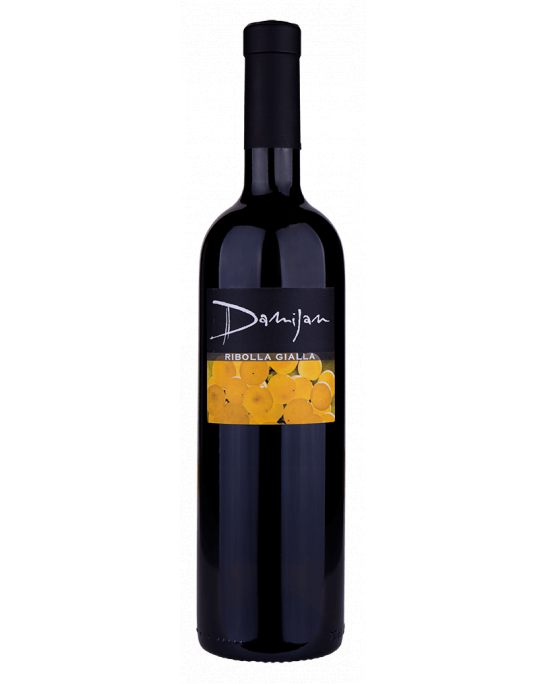
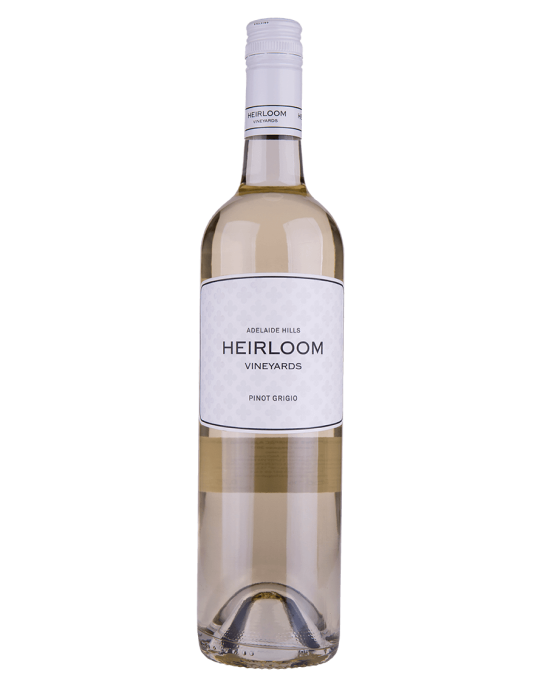
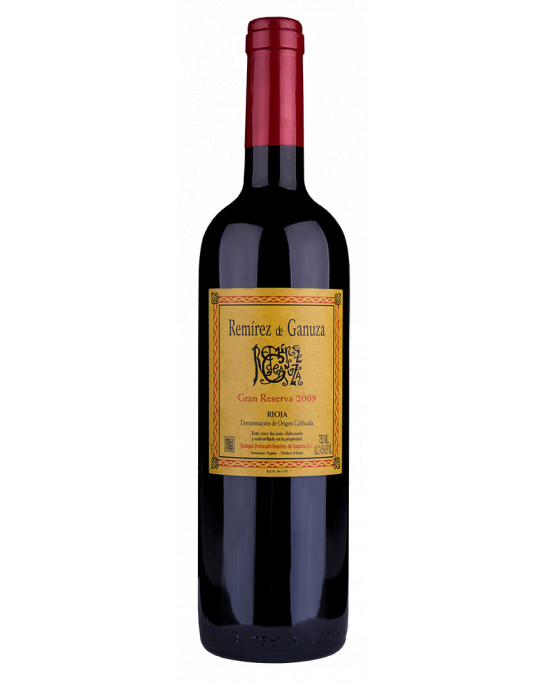
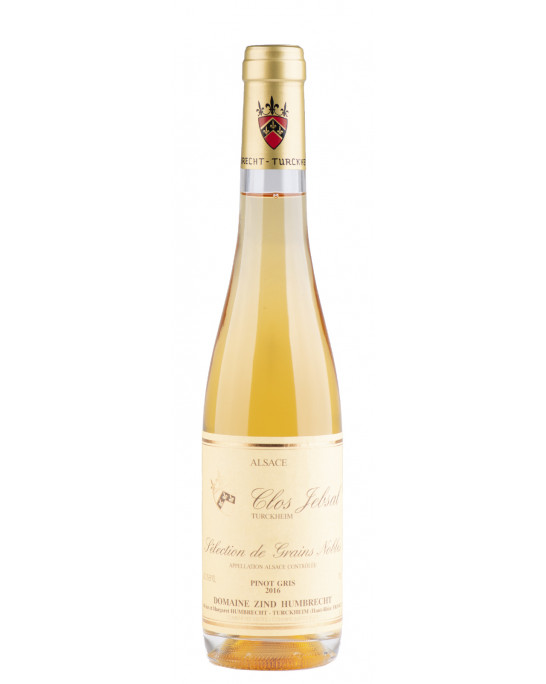
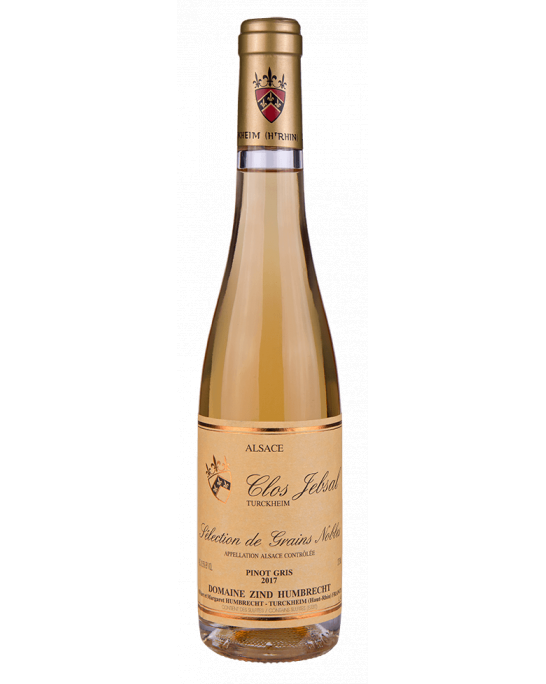
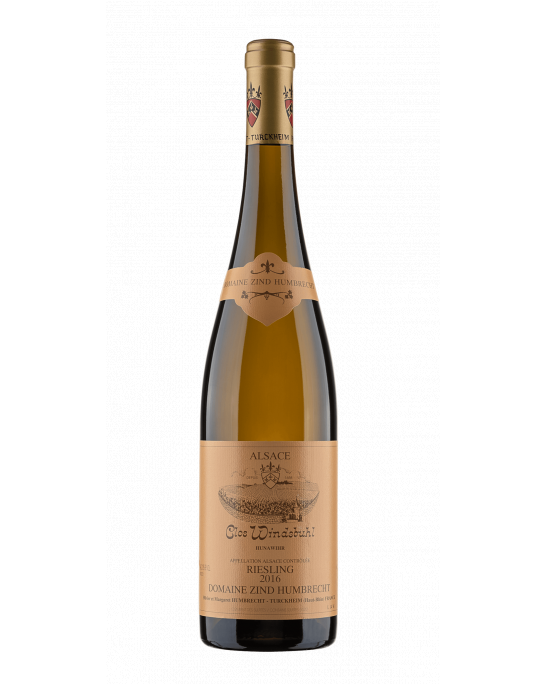
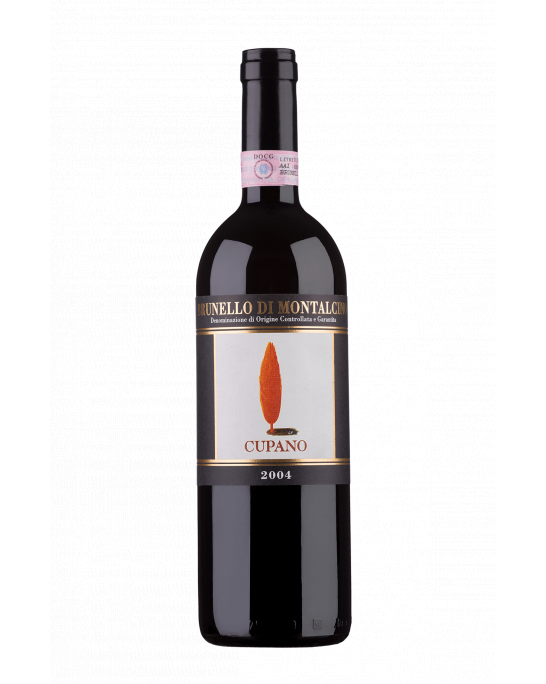
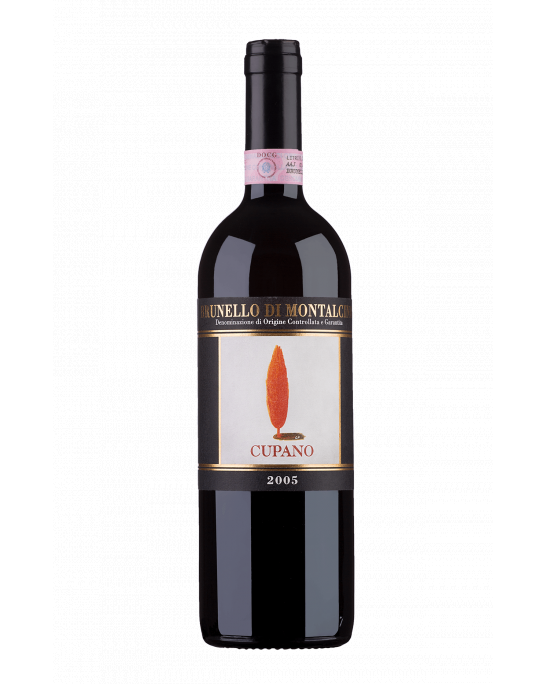
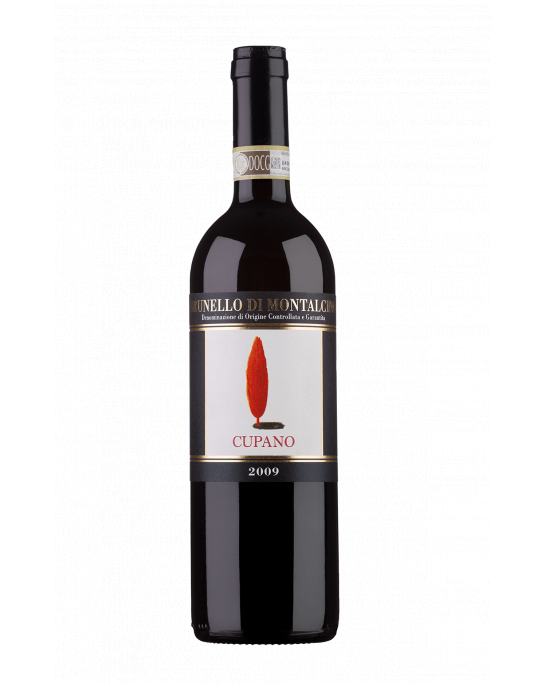
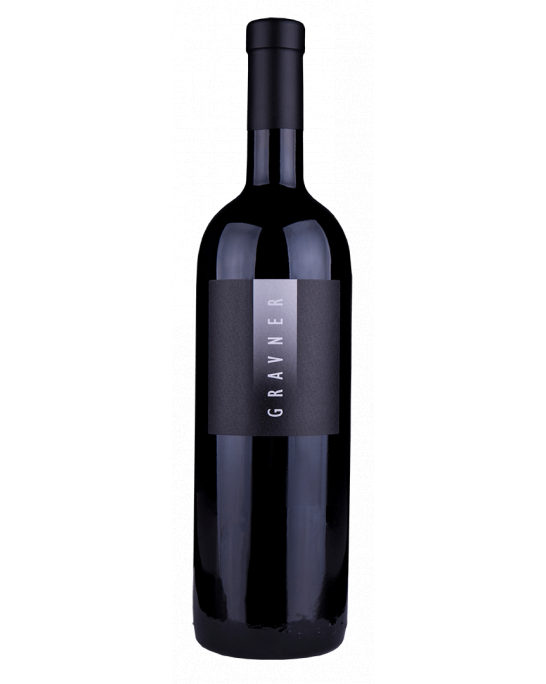
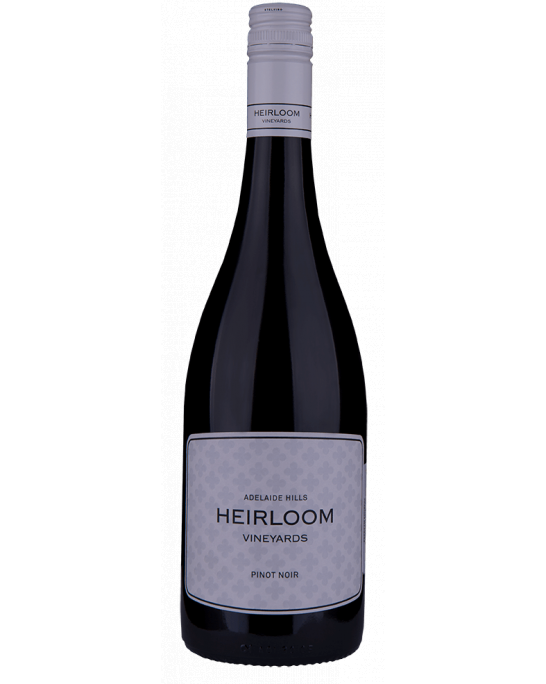
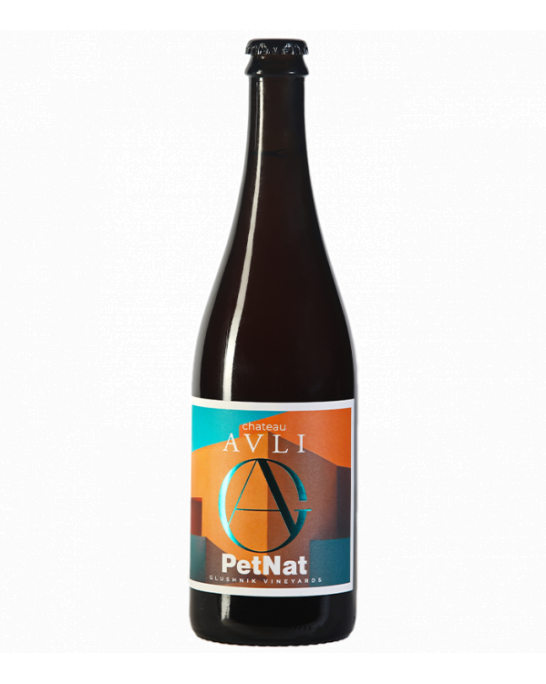
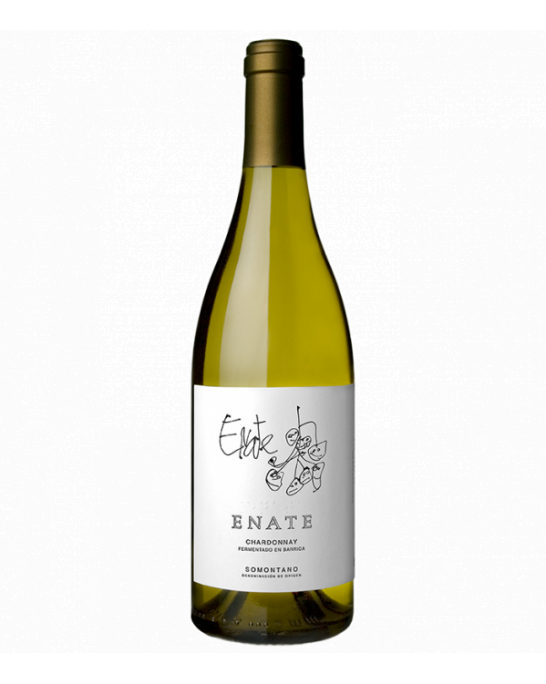
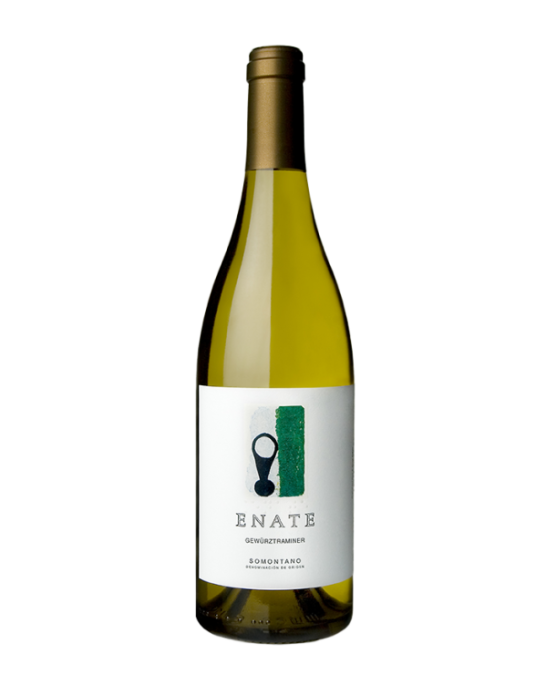
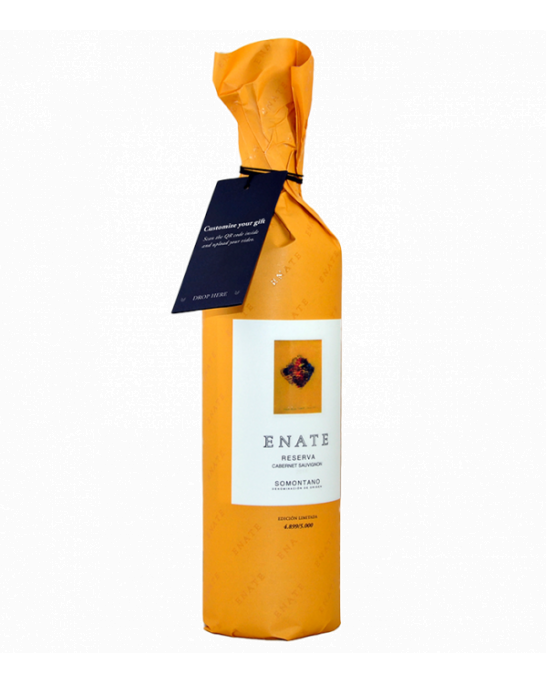
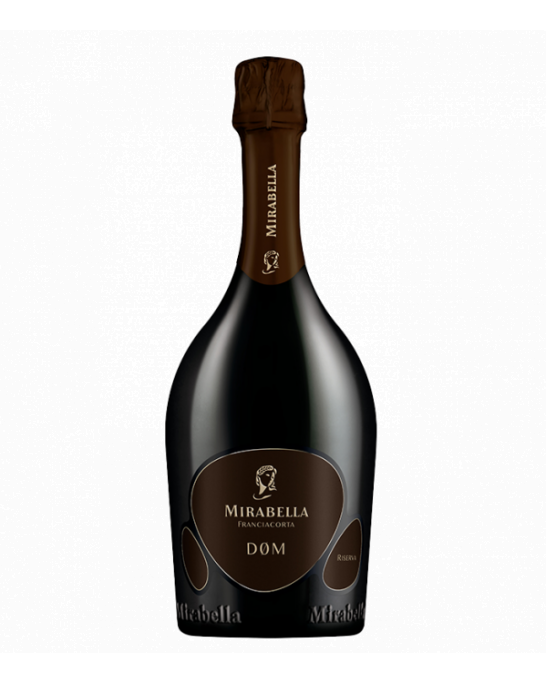
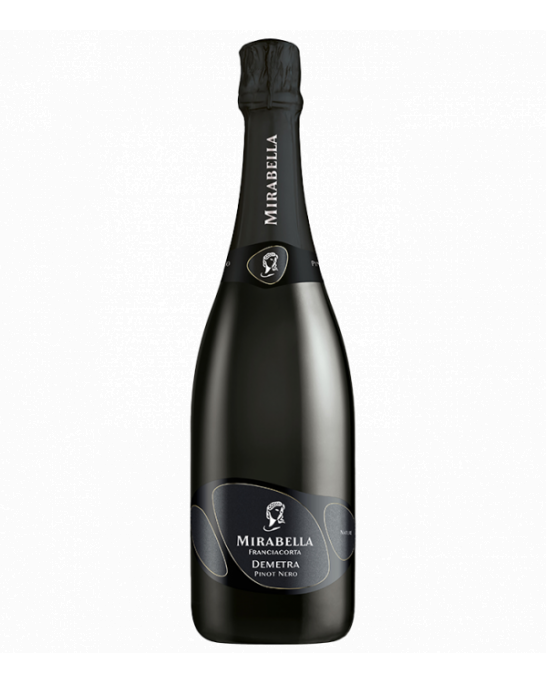
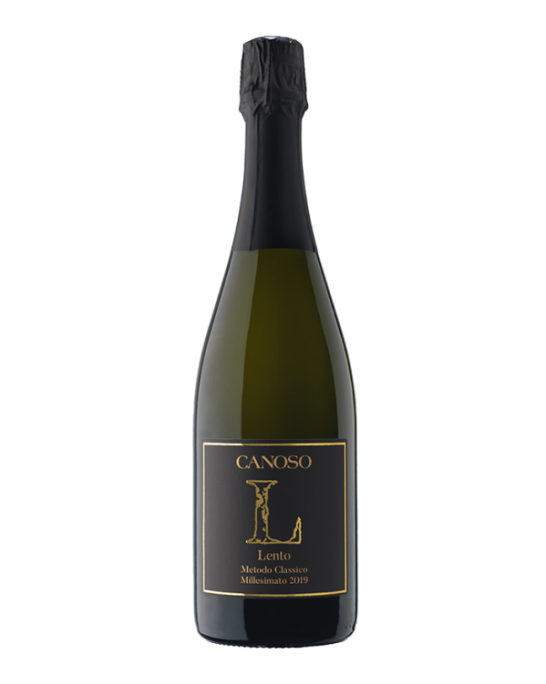
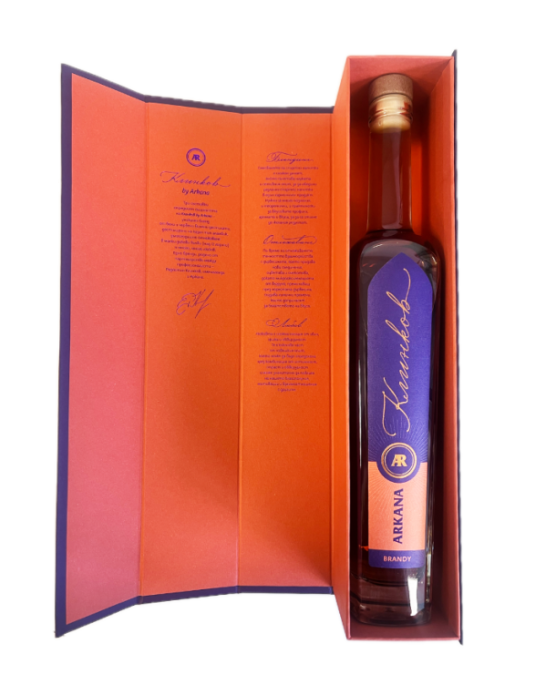
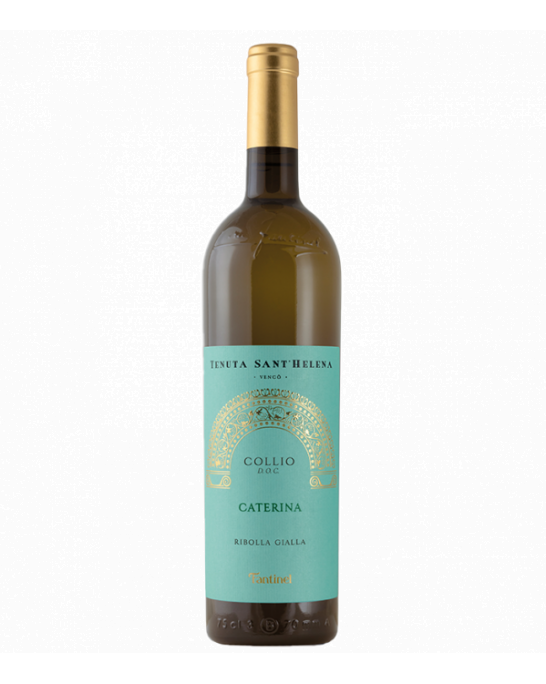
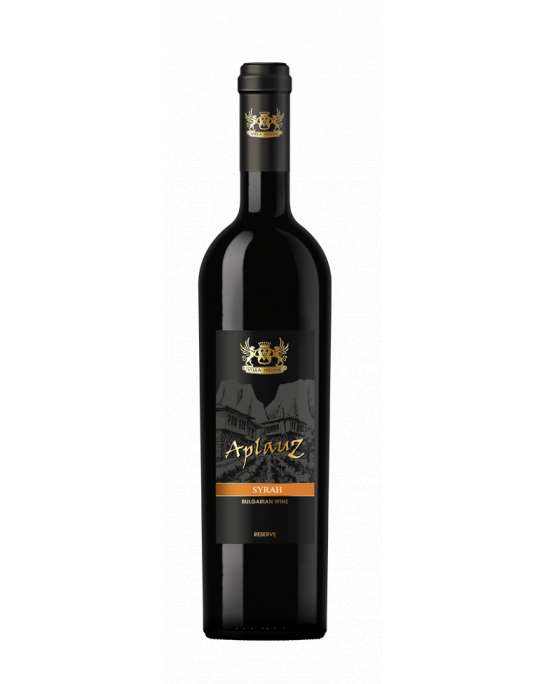
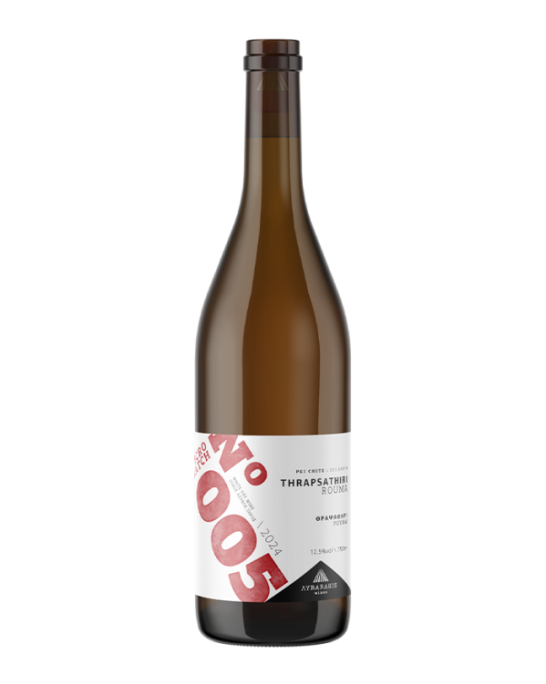
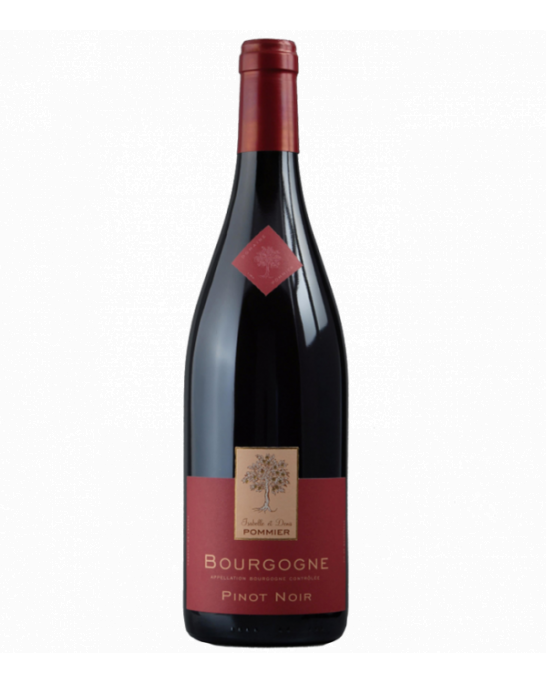
Customer reviews
No reviews available
Be the first to review